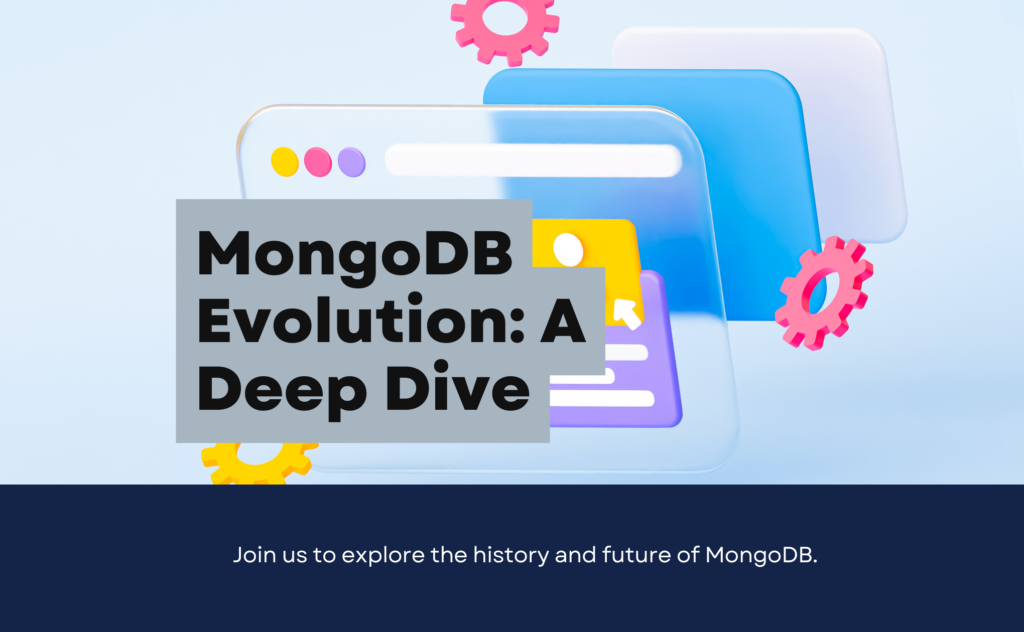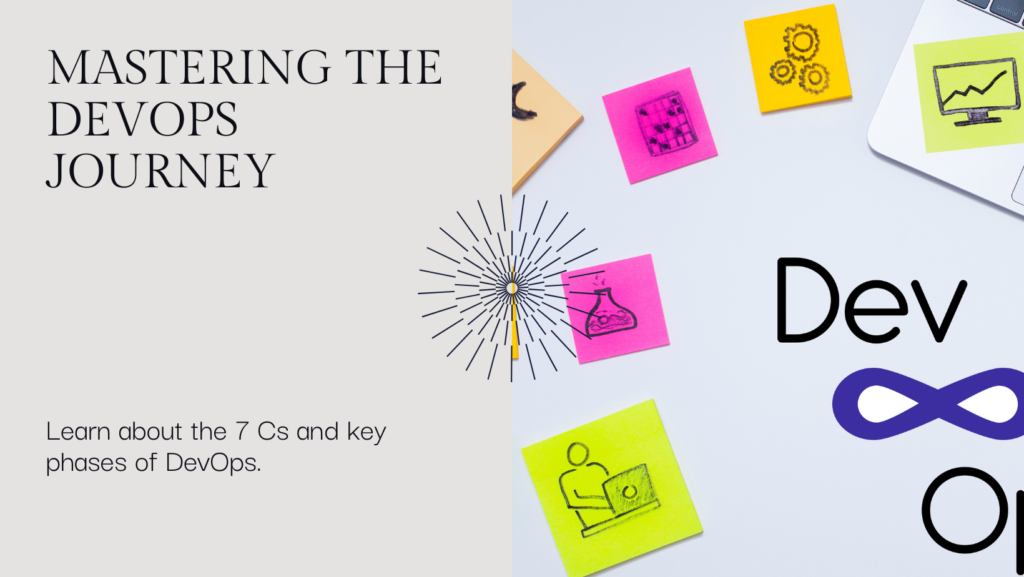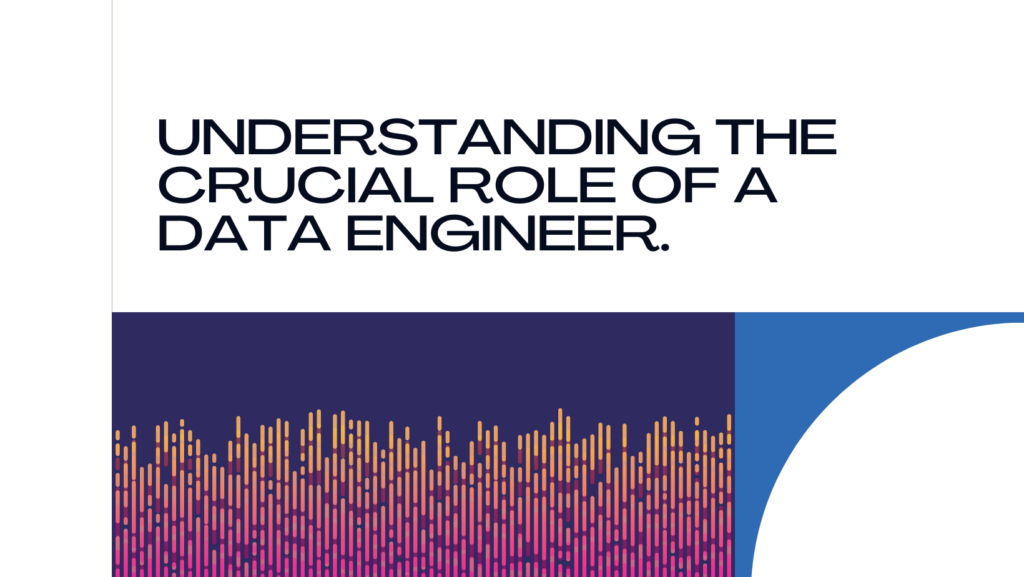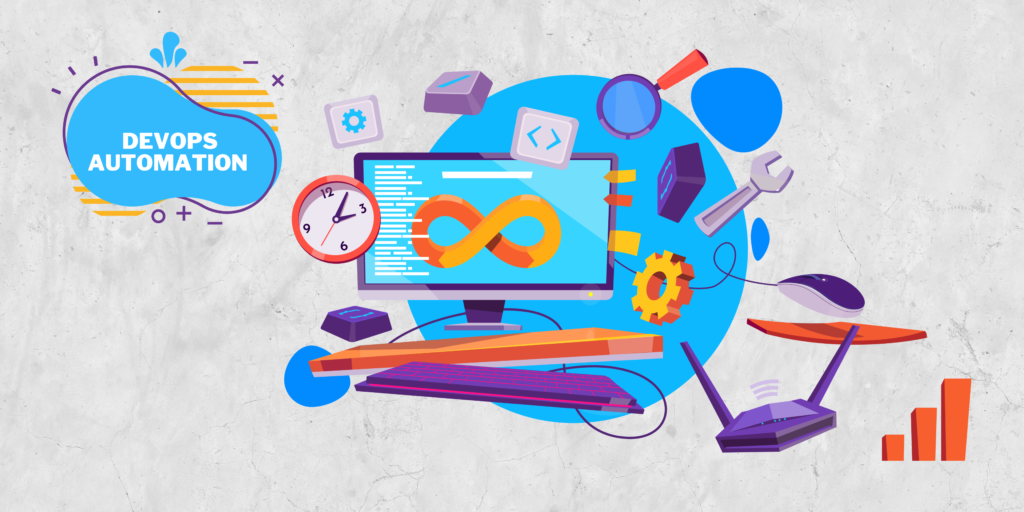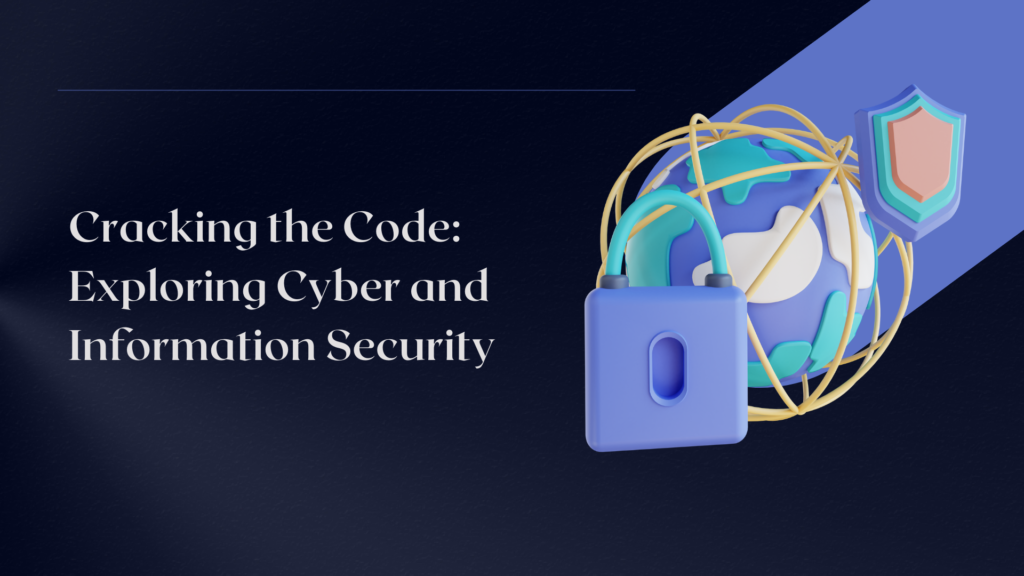What are the 5 Cs of Cybersecurity?

In the ever-evolving landscape of cybersecurity, it’s essential to have a framework that simplifies the complex world of digital threats and defenses. Enter the “5 Cs of Cybersecurity” – five fundamental elements that serve as the cornerstone of a robust cybersecurity strategy. These elements are Change, Compliance, Cost, Continuity, and Coverage.
Let’s dive deeper into each of the 5 Cs of cybersecurity and explore their significance in the world of digital security.
1. Change
In the ever-shifting landscape of cybersecurity, the only constant is change. New threats, vulnerabilities, and attack techniques emerge with astonishing regularity. This makes adaptability and proactive measures crucial in defending against cyberattacks.
Change management is a key component of this ‘C.’ It involves staying informed about the latest threats and vulnerabilities, regularly updating and patching systems, and continually evolving security measures. Effective change management ensures that your cybersecurity defenses remain effective in the face of evolving threats.
2. Compliance
Compliance in cybersecurity refers to aligning with the regulatory and legal requirements that govern your industry and region. Different sectors and geographic areas have specific standards and regulations that organizations must adhere to. These standards are designed to protect sensitive data and ensure accountability.
Failure to comply with relevant regulations can have significant consequences, including legal penalties and damage to an organization’s reputation. The “Compliance” ‘C’ underscores the importance of understanding and meeting these standards to maintain trust and protect data.
3. Cost
The “Cost” ‘C’ highlights the practical aspect of cybersecurity. Building a robust cybersecurity defense can be expensive, and organizations must make smart choices regarding their security investments. This involves conducting risk assessments to identify critical assets, potential threats, and vulnerabilities.
Organizations need to find a balance between the budget available for cybersecurity and the level of protection required. Effective cost management in cybersecurity entails optimizing spending to achieve the best security outcomes within financial constraints.
4. Continuity
Continuity in cybersecurity refers to maintaining business operations and data integrity even in the face of a cyber incident. This involves planning for disaster recovery, business continuity, and establishing redundancy in critical systems and data.
A well-prepared continuity strategy minimizes downtime and data loss in the event of a cyberattack, ensuring that your organization can quickly recover and resume normal operations.
5. Coverage
The “Coverage” ‘C’ encompasses the scope and depth of your cybersecurity strategy. Comprehensive coverage means protecting all aspects of your digital environment, including networks, devices, data, and applications. It also includes access controls, encryption, intrusion detection systems, and security policies.
By extending your cybersecurity coverage across all elements of your digital infrastructure, you reduce vulnerabilities and minimize potential weak points in your defense.
These five Cs work together to create a comprehensive and resilient cybersecurity posture. Change is embraced, compliance is adhered to, costs are managed effectively, continuity is ensured, and coverage is all-encompassing.
In the dynamic and perilous world of cybersecurity, the 5 Cs provide a solid foundation for effective protection and risk management. They emphasize that cybersecurity is not a one-time effort but an ongoing commitment to safeguarding your digital assets. Embrace the 5 Cs, and you’ll be well-prepared to face the evolving challenges in the digital realm, securing your organization’s future.
How can Endsight’s experts help you adopt the 5 Cs of cybersecurity?
Endsight’s experts can play a crucial role in helping you adopt and implement the 5 Cs of cybersecurity to enhance your organization’s digital security posture. Here’s how they can assist:
1. Change Management:
- Threat Assessment: Endsight’s experts can perform regular threat assessments to identify emerging threats and vulnerabilities specific to your organization.
- Patch Management: They can help you develop and maintain a robust patch management system to ensure that software and systems are regularly updated.
- 2. Compliance:
- Regulatory Guidance: Endsight’s professionals can provide guidance on relevant cybersecurity regulations and standards applicable to your industry and region.
- Compliance Audits: They can assist in conducting compliance audits and ensuring that your organization meets the necessary requirements.
- Cost Management:
- Cost-Benefit Analysis: Endsight can help you conduct cost-benefit analyses to determine the most effective allocation of your cybersecurity budget.
- Optimizing Spending: They can identify areas where cost savings can be achieved without compromising security.
- Continuity Planning:
- Business Continuity Strategies: Endsight’s experts can work with you to develop and implement robust business continuity and disaster recovery plans.
- Redundancy Solutions: They can help you establish redundancy in critical systems and data to minimize downtime and data loss.
6. Comprehensive Security Solutions: Endsight can assist in implementing and managing security solutions that provide comprehensive coverage for your digital assets.
7. Access Controls and Encryption: They can help you establish and maintain access controls and encryption mechanisms to protect sensitive data.
Endsight’s expertise in cybersecurity can help your organization adopt and effectively implement the 5 Cs, ensuring that your cybersecurity strategy is resilient and responsive to the evolving threat landscape. By working with their experts, you can better protect your digital assets and minimize risks, ultimately fortifying your organization’s cybersecurity posture.


